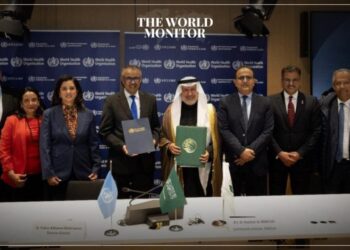The international coalition forces have introduced dozens of trucks and armored vehicles loaded with military equipment, likely including missile launch platforms, along with logistic materials to their bases in the countryside of Al-Hasakah, northeastern Syria.
According to a report published by the Syrian Observatory for Human Rights on its website on Monday, the international coalition forces continue to reinforce their bases on Syrian territory both by land and air consistently.
The London-based observatory noted that on Sunday, the coalition forces sent new military reinforcements to their military bases in the Al-Hasakah countryside. They brought in 25 trucks carrying fuel tanks, closed boxes, and logistical equipment through the Al-Walid border crossing from Iraqi Kurdistan, heading towards the military bases in the countryside of Al-Hasakah.
In Syria, there are nine American bases, with one in the Tanf region in eastern rural Homs, two in rural Deir ez-Zor, and six in Al-Hasakah province.
The US-led coalition’s presence in Iraq and Syria has been a focal point of military and political activity aimed at combating the resurgence of ISIS. As of mid-2024, there are ongoing discussions between the U.S. and Iraq about the future of this coalition, with talks focusing on possibly winding down the U.S.-led military mission. These talks, which are part of broader discussions on transitioning to a more normal bilateral defense relationship, come amid challenges such as frequent attacks on U.S. forces by Iran-backed militias and the enduring threat of ISIS. The coalition’s current actions include counter-terrorism operations and bolstering the capabilities of local forces. However, there is no set timeline for the withdrawal of U.S. forces, as decisions are expected to be influenced by the conditions on the ground and the needs of the Iraqi military.
These strategic dialogues highlight the complexity of the security landscape in the region, where the U.S. also maintains a significant military presence in Syria, particularly in areas controlled by the Syrian Democratic Forces (SDF). This presence is critical for several missions, including the containment of ISIS and the management of detained militants






